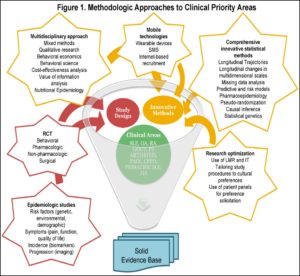Are Subsequent Cardiovascular Events Associated with DMARD Use for RA, PsA or Psoriasis?
Cardiovascular (CV) disease is a major concern for patients with systemic rheumatic diseases. In a recent study, we examined disease‐modifying antirheumatic drug (DMARD) treatments and estimated the risk of a subsequent CV event among patients who experienced a first CV event and had rheumatoid arthritis (RA), psoriatic arthritis (PsA) or psoriasis.







